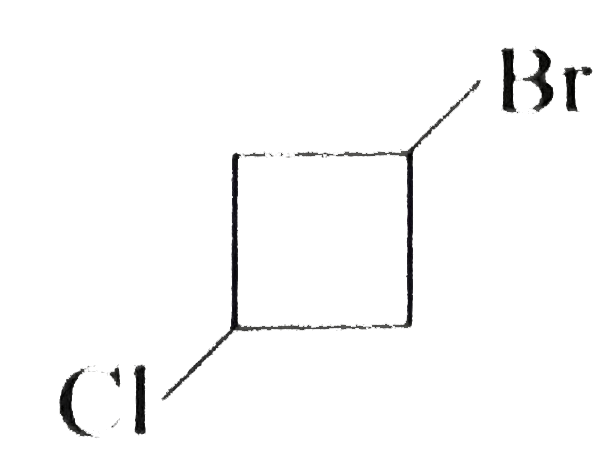When modified allele is equivalent to the unmodified allelel it will produce...........
It produces normal/less efficient enzyme
It produces the same phenotype/trait
It results in the transformation of substrate
more than one option is true
The correct Answer is:D
Step-by-Step Solution:
1. Understanding Alleles: Begin by recognizing that alleles are different forms of a gene that can exist at a specific locus on a chromosome. Each organism has two alleles for each gene, one inherited from each parent.
2. Identifying Modified and Unmodified Alleles: In this scenario, we have a modified allele and an unmodified allele. The unmodified allele is considered the normal or wild-type allele, while the modified allele has undergone some change.
3. Function of Alleles: The unmodified allele typically produces a normal enzyme that is essential for a specific biochemical pathway. This enzyme catalyzes the conversion of substrates into products.
4. Effects of Modified Alleles: The modified allele can lead to three possible outcomes:
- It may produce a normal enzyme (functionally equivalent to the unmodified allele).
- It may produce a non-functional enzyme (which does not catalyze the reaction).
- It may result in no enzyme production at all.
5. Phenotypic Expression: When the modified allele produces a normal enzyme, it results in the same phenotypic expression as the unmodified allele. This means that the observable traits (phenotype) will be identical in this case.
6. Dominance and Recessiveness: The unmodified allele is often dominant, meaning it can mask the effects of the modified allele if the modified allele leads to a non-functional or less efficient enzyme. The modified allele, in such cases, is considered recessive.
7. Conclusion: Therefore, when the modified allele is functionally equivalent to the unmodified allele, it will produce a normal enzyme, leading to the same phenotypic trait as the unmodified allele.
Final Answer: When the modified allele is equivalent to the unmodified allele, it will produce normal enzymes.
---
- It may produce a normal enzyme (functionally equivalent to the unmodified allele).
- It may produce a non-functional enzyme (which does not catalyze the reaction).
- It may result in no enzyme production at all.
Topper's Solved these Questions
- BOOK - VMC MODULES ENGLISHCHAPTER - PRINCIPLES OF INHERITANCE AND VARIATIOEXERCISE - ENABLE49videos
PRINCIPLES OF INHERITANCE AND VARIATIO
- BOOK - VMC MODULES ENGLISHCHAPTER - PRINCIPLES OF INHERITANCE AND VARIATIOEXERCISE - EFFICIENT48videos
PRINCIPLES OF INHERITANCE AND VARIATIO
- BOOK - VMC MODULES ENGLISHCHAPTER - PLANT KINGDOM EXERCISE - IN-CHAPTER EXERCISE-F10videos
PLANT KINGDOM
- BOOK - VMC MODULES ENGLISHCHAPTER - REPRODUCTION IN ORGANISMS EXERCISE - IMPECCABLE33videos
REPRODUCTION IN ORGANISMS
Similar Questions
Assertion :-The unmodified allele, which represents the orginal phenotype is the dominant allele and the modified allele is generally the recessive allele.
Reason :- The modified allele could be responsible for production of a non functional enzyme or no enzyme at al.View SolutionThe phenotype of any character will not be affected if the modified allele produces-
View Solution
Knowledge Check
- Question 1 - Select One
The unmodified allele is equivalent to modified allele when it produces:
ANormal enzymeBA non functional enzymeCNo enzyme at allDInactive enzyme - Question 2 - Select One
Assertion : The total energy of the universe is constant.
Reason : When a quantity of some form of energy disappears, an exactly equivalent amount of some other form of energy is produced.AIf both Assertion and Reason are CORRECT and Reason is the CORRECT explanation of the Assertion.BIf both Assertion and Reason are CORRECT but Reason is not the CORRECT explanation of the Assertion.CIf Assertion is CORRECT but Reason is INCORRECT.DIf Assertion is INCORRECT but Reason is CORRECT.
Sound is produced when a body............
View SolutionThe ether
 when treated with HI produces View Solution
when treated with HI produces View Solution when treated with two equivalents of sodium in dry ether gives: View Solution
when treated with two equivalents of sodium in dry ether gives: View SolutionThe ether
 when treated with HI produces:View Solution
when treated with HI produces:View SolutionWhen are IgE produced?
View Solution2-Ethyl anthraquinol when oxidised in air produces
View Solution

